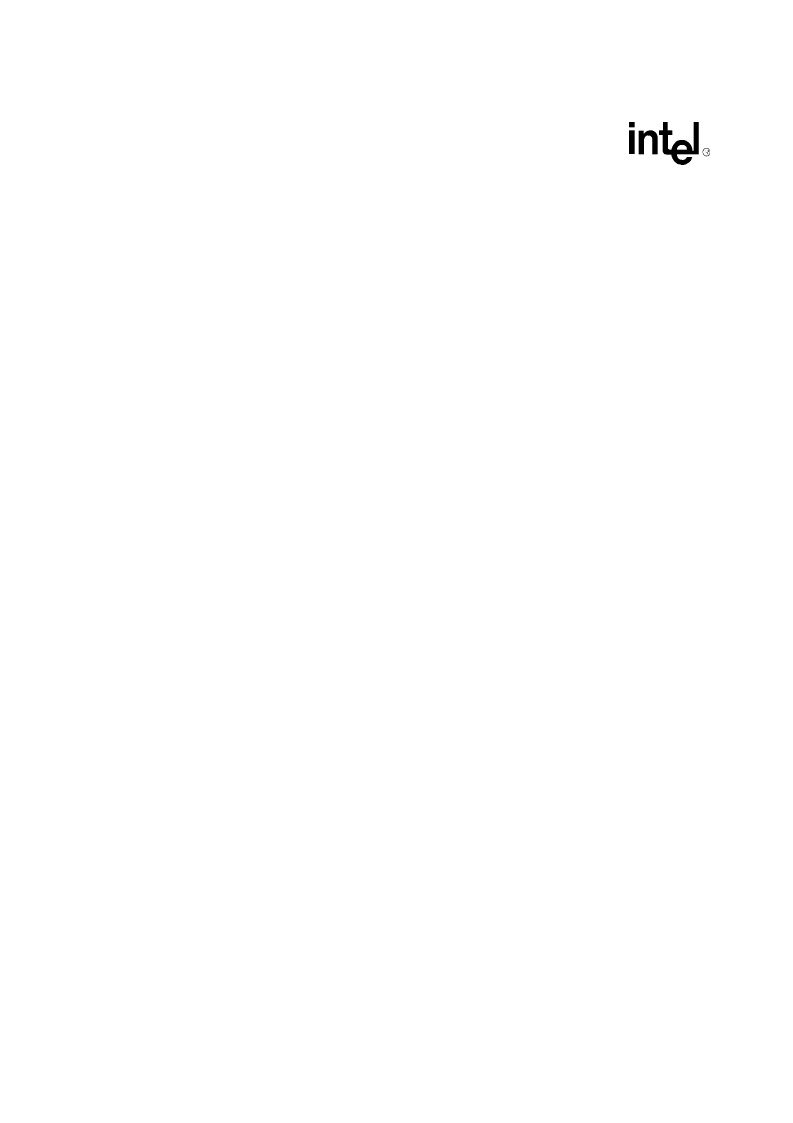- 您現(xiàn)在的位置:買賣IC網(wǎng) > PDF目錄377109 > DZPD6722VCCE (INTEL CORP) ISA-to-PC-Card (PCMCIA) Controllers PDF資料下載
參數(shù)資料
| 型號(hào): | DZPD6722VCCE |
| 廠商: | INTEL CORP |
| 元件分類: | 總線控制器 |
| 英文描述: | ISA-to-PC-Card (PCMCIA) Controllers |
| 中文描述: | PCMCIA BUS CONTROLLER, PQFP208 |
| 封裝: | LQFP-208 |
| 文件頁(yè)數(shù): | 36/138頁(yè) |
| 文件大小: | 723K |
| 代理商: | DZPD6722VCCE |
第1頁(yè)第2頁(yè)第3頁(yè)第4頁(yè)第5頁(yè)第6頁(yè)第7頁(yè)第8頁(yè)第9頁(yè)第10頁(yè)第11頁(yè)第12頁(yè)第13頁(yè)第14頁(yè)第15頁(yè)第16頁(yè)第17頁(yè)第18頁(yè)第19頁(yè)第20頁(yè)第21頁(yè)第22頁(yè)第23頁(yè)第24頁(yè)第25頁(yè)第26頁(yè)第27頁(yè)第28頁(yè)第29頁(yè)第30頁(yè)第31頁(yè)第32頁(yè)第33頁(yè)第34頁(yè)第35頁(yè)當(dāng)前第36頁(yè)第37頁(yè)第38頁(yè)第39頁(yè)第40頁(yè)第41頁(yè)第42頁(yè)第43頁(yè)第44頁(yè)第45頁(yè)第46頁(yè)第47頁(yè)第48頁(yè)第49頁(yè)第50頁(yè)第51頁(yè)第52頁(yè)第53頁(yè)第54頁(yè)第55頁(yè)第56頁(yè)第57頁(yè)第58頁(yè)第59頁(yè)第60頁(yè)第61頁(yè)第62頁(yè)第63頁(yè)第64頁(yè)第65頁(yè)第66頁(yè)第67頁(yè)第68頁(yè)第69頁(yè)第70頁(yè)第71頁(yè)第72頁(yè)第73頁(yè)第74頁(yè)第75頁(yè)第76頁(yè)第77頁(yè)第78頁(yè)第79頁(yè)第80頁(yè)第81頁(yè)第82頁(yè)第83頁(yè)第84頁(yè)第85頁(yè)第86頁(yè)第87頁(yè)第88頁(yè)第89頁(yè)第90頁(yè)第91頁(yè)第92頁(yè)第93頁(yè)第94頁(yè)第95頁(yè)第96頁(yè)第97頁(yè)第98頁(yè)第99頁(yè)第100頁(yè)第101頁(yè)第102頁(yè)第103頁(yè)第104頁(yè)第105頁(yè)第106頁(yè)第107頁(yè)第108頁(yè)第109頁(yè)第110頁(yè)第111頁(yè)第112頁(yè)第113頁(yè)第114頁(yè)第115頁(yè)第116頁(yè)第117頁(yè)第118頁(yè)第119頁(yè)第120頁(yè)第121頁(yè)第122頁(yè)第123頁(yè)第124頁(yè)第125頁(yè)第126頁(yè)第127頁(yè)第128頁(yè)第129頁(yè)第130頁(yè)第131頁(yè)第132頁(yè)第133頁(yè)第134頁(yè)第135頁(yè)第136頁(yè)第137頁(yè)第138頁(yè)

PD6710/
’
22
—
ISA-to-PC-Card (PCMCIA) Controllers
36
Datasheet
byte lane on which the transfer is to occur. The data is transferred to/from the data bus (see
Table 9
).
8-Bit Transfer from 8-Bit Processor
—
The CPU puts the address on the bus. The host
determines that it will be an 8-bit transfer since the SBHE* signal has been tied high. The
PD67XX queries SA0 to determine if the byte is odd/even. The data is transferred to/from the
Data bus (D[7:0]).
4.1.12
Programmable PC Card Timing
The Setup, Command, and Recovery time for the PC Card bus is programmable (see
“
Timing
Registers
”
on page 84
). The PD67XX can be programmed to match the timing requirements of any
PC Card. There are two sets of timing registers, Timer Set 0 and Timer Set 1, that can be selected
on a per-window basis for both I/O and memory windows.
To be compatible with the 82365SL, the two timing sets are programmed at the rising edge of
PWRGOOD to include normal-wait and one-wait-state timing.
4.1.12.1
ATA Mode Operation
The PD67XX supports direct connection to AT-attached-interface hard drives. ATA drives use an
interface very similar to the IDE interface found on many popular portable computers. In this
mode, the address and data conflict with the floppy drive is handled automatically. See
“
ATA Mode
Operation
”
on page 88
for more information.
4.1.13
DMA Mode Operation for the PD6722
A slave mode Direct Memory Access (DMA) feature exists in the PD6722. To use DMA mode, the
Interrupt and General Control
register, bit 5 must be set to
‘
1
’
to operate the PC Card in I/O
Card Interface mode. PC Card interface DMA handshake signal options must also be selected.
Refer to the description of the
“
Extension Control 1 (PD6722 only, formerly DMA Control)
”
on
page 78
as well as
“
DMA Operation (PD6722 only)
”
on page 97
.
4.1.14
Selective Data Drive for I/O Windows
The PD67XX can be programmed to drive only some of the ISA bus data pins on reads from I/O
windows. This reduces data contention for I/O addresses that include more than one peripheral. In
the standard IBM
PC AT, I/O map, floppy disk, and hard disk share address 3F7h. The floppy
disk drives ISA-data-bus bit 7 on a read from 3F7h, and the hard disk drives bits 6:0. To allow both
floppy disk controllers on the motherboard and hard disks on the PC Card bus (or vice versa) to
coexist, the PD67XX can be programmed through use of its Data Mask registers to disable bit 7 on
I/O reads at addresses 3F7h and 377h. This is done by programming up I/O windows to these
addresses as part of the task of configuring a socket for ATA drive support (see
“
Extended Data
”
on
page 77
). Alternately, all bits except bit 7 can also be disabled to allow the opposite case.
4.2
Host Access to Registers
The PD67XX registers are accessed through an 8-bit indexing mechanism. An index register
scheme allows a large number of internal registers to be accessed by the CPU using only two I/O
addresses.
相關(guān)PDF資料 |
PDF描述 |
|---|---|
| D | DUAL PORT SOLDER DIP |
| F1021 | PATENTED GOLD METALIZED SILICON GATE ENHANCEMENT MODE RF POWER VDMOS TRANSISTOR |
| F1022 | CONN,MINI EDGE-CARD SOCKET |
| F1027 | PATENTED GOLD METALIZED SILICON GATE ENHANCEMENT MODE RF POWER VDMOS TRANSISTOR |
| F1034 | PATENTED GOLD METALIZED SILICON GATE ENHANCEMENT MODE RF POWER VDMOS TRANSISTOR |
相關(guān)代理商/技術(shù)參數(shù) |
參數(shù)描述 |
|---|---|
| DZPD6729VCE | 功能描述:IC PCI-TO-PC CARD CNTRL 208LQFP RoHS:否 類別:集成電路 (IC) >> 接口 - 控制器 系列:- 標(biāo)準(zhǔn)包裝:4,900 系列:- 控制器類型:USB 2.0 控制器 接口:串行 電源電壓:3 V ~ 3.6 V 電流 - 電源:135mA 工作溫度:0°C ~ 70°C 安裝類型:表面貼裝 封裝/外殼:36-VFQFN 裸露焊盤 供應(yīng)商設(shè)備封裝:36-QFN(6x6) 包裝:* 其它名稱:Q6396337A |
| DZPD6833YCA | 制造商:Rochester Electronics LLC 功能描述:- Bulk 制造商:Intel 功能描述: |
| DZQA5V6AXV5 | 制造商:DIODES 制造商全稱:Diodes Incorporated 功能描述:QUAD SURFACE MOUNT TVS ARRAY |
| DZQA5V6AXV5-7 | 功能描述:TVS二極管陣列 QUAD SMT ARRAY RoHS:否 制造商:Littelfuse 極性: 通道:4 Channels 擊穿電壓: 鉗位電壓:11.5 V 工作電壓:2.5 V 峰值浪涌電流:20 A 安裝風(fēng)格:SMD/SMT 端接類型:SMD/SMT 系列: 最小工作溫度:- 40 C 最大工作溫度:+ 85 C |
| DZQA6V8AXV5 | 制造商:DIODES 制造商全稱:Diodes Incorporated 功能描述:QUAD SURFACE MOUNT TVS ARRAY |
發(fā)布緊急采購(gòu),3分鐘左右您將得到回復(fù)。